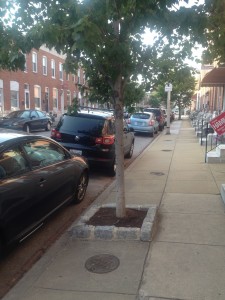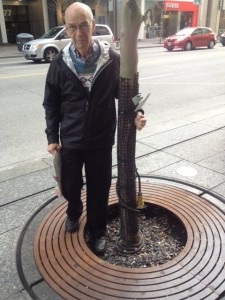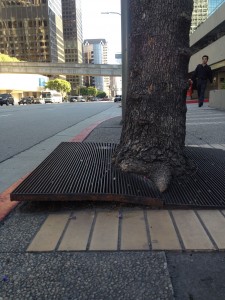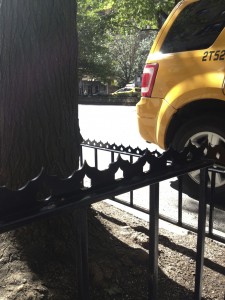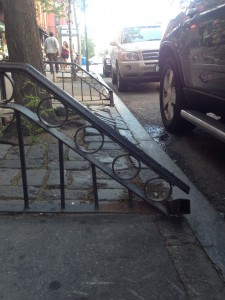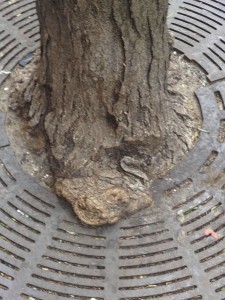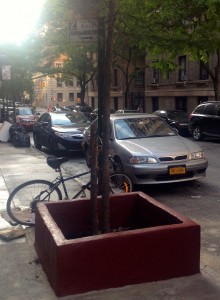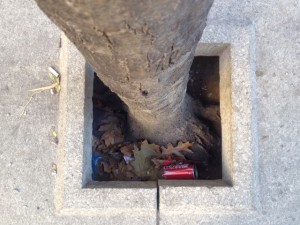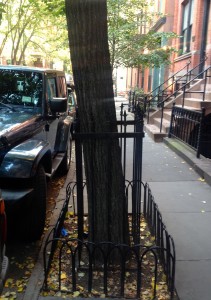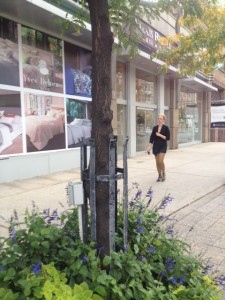For those of us who love to garden outside, going inside to file a permit with our local government to install tree guards –fencing that actually make our streets beautiful—seems a bit silly. Trust us. This is paperwork well worth the effort in gaining your tree guard permit for NYC. Not only will tree guard permits help protect you from lawsuits, they also prevent trees from dying prematurely. Here in New York, we’ve witnessed repeatedly how tree guard permits improve the lives of you, your neighbors and your trees.
Avoid Lawsuits
Nothing ruins that warm neighborly feeling like an ugly lawsuit. Yet, that’s exactly what may happen if a pedestrian trips over your tree box fencing. A tree guard permit for NYC will reduce a tree guard owner’s liability in these types of situations. Better yet, obtaining a tree guard permit to install your tree bed guard can prevent this unfortunate situation from occurring all together. Here are a few New York City Parks & Recreation Department requirements for installing tree pit guards that ensure pedestrian safety.
To keep folks from nose-diving into the geraniums, tree guards must be over 18 inches in New York City, and preferably made out of metal. Low borders made of wood, concrete, or blocks (pictured above) are difficult to spot for visually impaired pedestrians. They are also obstructed by even the lowest of snow banks, creating a tripping hazard for the most cautious walkers….
or a similar problem arises with this flat guard whose subterranean pit creates a hole that could easily catch someone’s foot.
Maple trees grow bulky roots that cause grated fencing to buckle, forming perilous bumps on the sidewalk. As a result, some cities do not allow planting certain species of trees, including Norway Maples. New York City has banned grates altogether since they are neither safe for pedestrians nor trees (see above).
Would you want your preschooler practicing her balancing skills on one of these razor edges? We didn’t think so. New York City no longer issues tree guard permits to tree fence designs with excessively sharp edges or sit spikes.
Talk about cutting it close! This tree guard was damaged because it sits way too near the street –a layout that can also injure people stepping out of cars. New York City Parks Department recommends that tree fencing remains at least 12 inches, but strongly recommends 18 inches away from the front of the curb. The City also prefers three-side guards to avoid this problem.
Avoid Dead Trees
Not all tree pit guards are good for trees. Some styles of tree fencing deny street trees of water, drainage, soil or room to grow. A tree guard permit helps rule out designs most detrimental to the health of trees, so that yours thrive for years to come.
Tree trunks grow wider as they age (Sound familiar?). That’s another reason New York City no longer allows grates. As you can see above, grate fencing will girdle (or choke) a tree over time.
New York City no longer allows solid-walled guards, which can rot trunks, compact soil and limit trees’ water supply. That’s especially problematic for young trees that need lots and lots of water to grow. Notice how spindly the tree above looks?
Sunken tree pits collect wet leaves, damp soil and garbage that may damage the trunk and lead to health problems. Also notice how small this tree pit is. Just imagine how cramped this tree will be in a few years.
Up until the 20th century, these tall tree fences served as a fashionable means of preventing horses from damaging tree trunks. We no longer have such problems. The old ‘Horse Guard’ tends to strangle slanting trees. And urban trees usually lean to seek sunlight through tall buildings or bend to the currents of wind tunnels.
Tree trunks also do not grow in perfect circles, like this circular ‘horse guard’ assumes. To avoid this issue, New York City limits tree guards to 24 inches in height, and requires as much space as possible between a guard and tree trunk.
Luckily, submitting a tree guard permit in New York City is very simple. Just fill out one page (click here) and send the form along with a photo of the tree guard you plan to install to Central Forestry (Attention: PERMITS) via email at treeplanting.permits@parks.nyc.gov or fax to (718) 760-6640 or (718) 760-6940. We suggest you submit as soon as possible, since the application can take up to 3 weeks to process. In NYC, there is no fee for the permit.
And, now that you’re done, get back outside and garden!
Contact us for:
